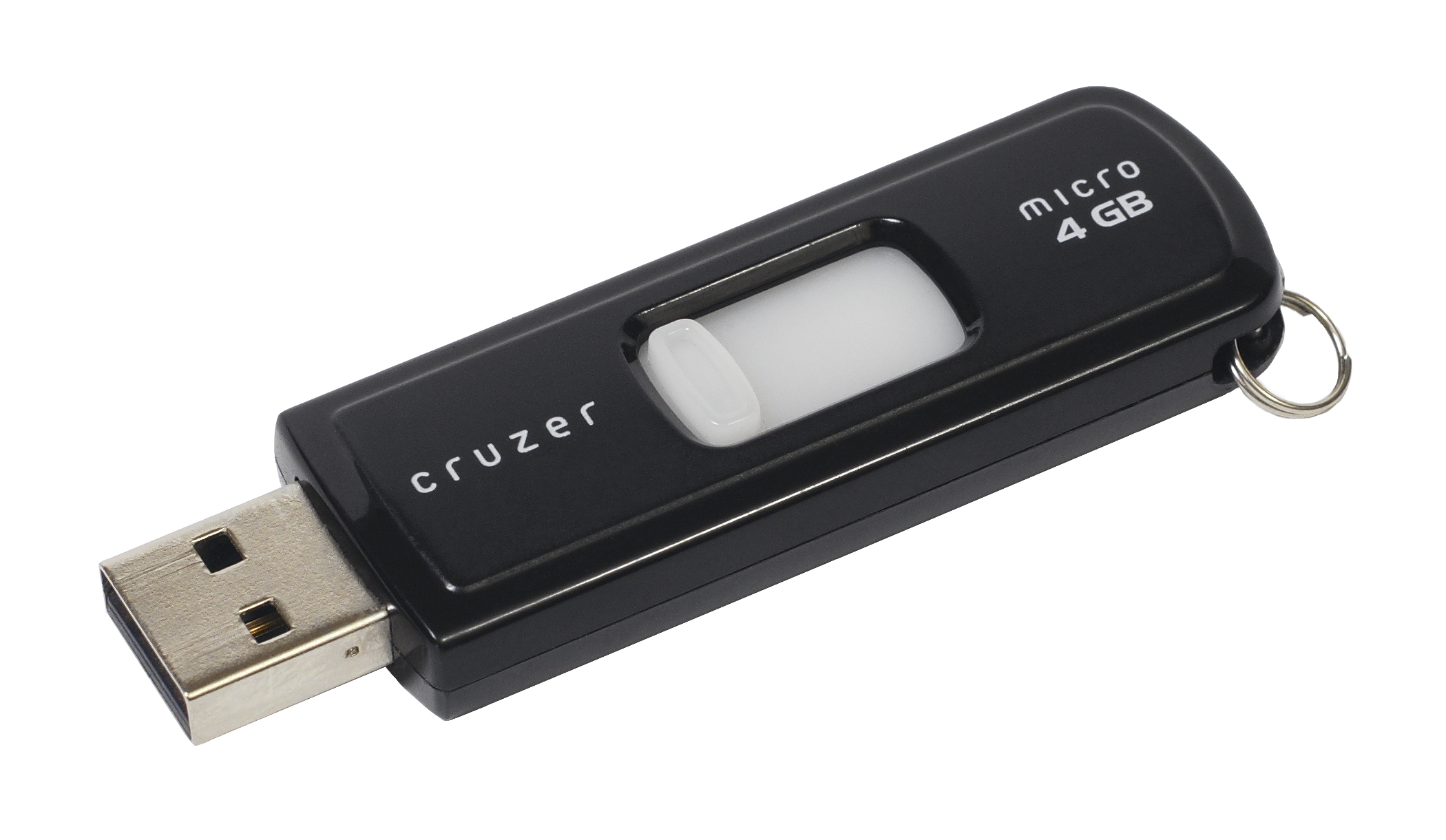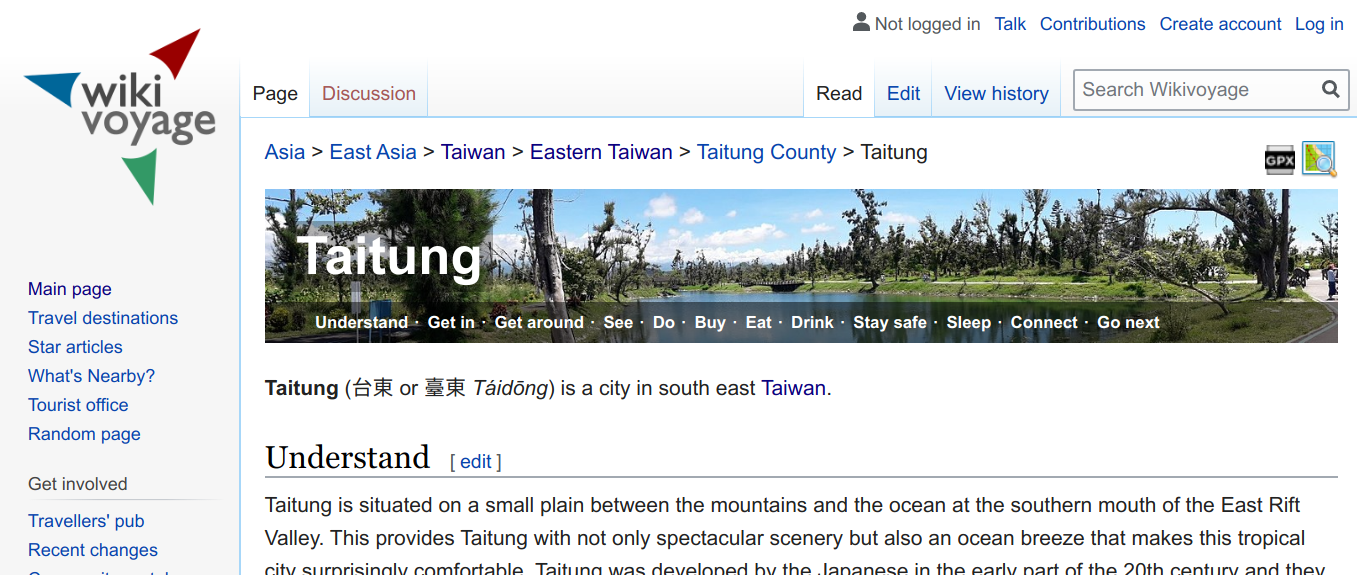|
Norton Internet Security
Norton Internet Security, developed by NortonLifeLock, Symantec Corporation, is a discontinued computer program that provides malware protection and removal during a subscription period. It uses Antivirus software#Signature-based detection, signatures and Antivirus software#Heuristics, heuristics to identify computer virus, viruses. Other features include a personal firewall, email spam filtering, and phishing protection. With the release of the 2015 line in summer 2014, Symantec officially retired Norton Internet Security after 14 years as the chief Norton product. It was superseded by Norton Security, a rechristened adaptation of the original Norton 360 (2006-2014), Norton 360 security suite. The suite was once again rebranded to (a ''different'') Norton 360 in 2019. Symantec distributed the product as a download, a boxed Compact disc, CD, and as Original equipment manufacturer#Computer software, OEM software. Some retailers distributed it on a USB flash drive, flash drive. Nort ... [...More Info...] [...Related Items...] OR: [Wikipedia] [Google] [Baidu] |
Graphical User Interface
A graphical user interface, or GUI, is a form of user interface that allows user (computing), users to human–computer interaction, interact with electronic devices through Graphics, graphical icon (computing), icons and visual indicators such as secondary notation. In many applications, GUIs are used instead of text-based user interface, text-based UIs, which are based on typed command labels or text navigation. GUIs were introduced in reaction to the perceived steep learning curve of command-line interfaces (CLIs), which require commands to be typed on a computer keyboard. The actions in a GUI are usually performed through direct manipulation interface, direct manipulation of the graphical elements. Beyond computers, GUIs are used in many handheld mobile devices such as MP3 players, portable media players, gaming devices, smartphones and smaller household, office and Distributed control system, industrial controls. The term ''GUI'' tends not to be applied to other lower-displa ... [...More Info...] [...Related Items...] OR: [Wikipedia] [Google] [Baidu] |
USB Flash Drive
A flash drive (also thumb drive, memory stick, and pen drive/pendrive) is a data storage device that includes flash memory with an integrated USB interface. A typical USB drive is removable, rewritable, and smaller than an optical disc, and usually weighs less than . Since first offered for sale in late 2000, the storage capacities of USB drives range from 8 megabytes to 256 gigabytes (GB), 512 GB and 1 terabyte (TB). As of 2024, 4 TB flash drives were the largest currently in production. Some allow up to 100,000 write/erase cycles, depending on the exact type of memory chip used, and are thought to physically last between 10 and 100 years under normal circumstances (Digital permanence, shelf storage time). Common uses of USB flash drives are for storage, supplementary data backup, back-ups, and transferring of computer files. Compared with floppy disks or Compact disc, CDs, they are smaller, faster, have significantly more capacity, and are more durable due to ... [...More Info...] [...Related Items...] OR: [Wikipedia] [Google] [Baidu] |
Ad Blocking
Ad blocking (or ad filtering) is a software capability for blocking or altering online advertising in a History of the web browser, web browser, an Application software, application or a network. This may be done using browser extensions or other methods or browsers with inside blocking. History The first ad blocker was Internet Fast Forward, a Plug-in (computing), plugin for the Netscape Navigator browser, developed by PrivNet and released in 1996. The AdBlock extension for Firefox was developed in 2002, with Adblock Plus being released in 2006. uBlock Origin, originally called "uBlock", was first released in 2014. Technologies and native countermeasures Online advertising exists in a variety of forms, including web banners, Image, pictures, Animation, animations, embedded audio and video, text, or Pop-up ad, pop-up windows, and can even employ audio and video Auto-Play, autoplay. Many browsers offer some ways to remove or alter advertisements: either by targeting technologie ... [...More Info...] [...Related Items...] OR: [Wikipedia] [Google] [Baidu] |
Banner Ad
A web banner or banner ad is a Online Advertising, form of advertising on the World Wide Web delivered by an ad server. This form of online advertising entails embedding an advertisement into a web page. It is intended to attract web traffic, traffic to a website by linking to the website of the advertiser. In many cases, banners are delivered by a central ad server. This payback system is often how the content provider is able to pay for the Internet access to supply the content in the first place. Usually though, advertisers use ad networks to serve their advertisements, resulting in a revshare system and higher quality ad placement. Web banners function the same way as traditional advertisements are intended to function: notifying consumers of the product or service and presenting reasons why the consumer should choose the product in question, a fact first documented on HotWired in 1996 by researchers Rex Briggs and Nigel Hollis. Web banners differ in that the results for adver ... [...More Info...] [...Related Items...] OR: [Wikipedia] [Google] [Baidu] |
HTTP Cookie
HTTP cookie (also called web cookie, Internet cookie, browser cookie, or simply cookie) is a small block of data (computing), data created by a web server while a user (computing), user is browsing a website and placed on the user's computer or other device by the user's web browser. Cookies are placed on the device used to access a website, and more than one cookie may be placed on a user's device during a session. Cookies serve useful and sometimes essential functions on the World Wide Web, web. They enable web servers to store program state, stateful information (such as items added in the shopping cart in an Online shopping, online store) on the user's device or to track the user's browsing activity (including clicking particular buttons, access control, logging in, or recording which Web browsing history, pages were visited in the past). They can also be used to save information that the user previously entered into Form (HTML), form fields, such as names, addresses, passw ... [...More Info...] [...Related Items...] OR: [Wikipedia] [Google] [Baidu] |
Java Applets
Java applets were small applications written in the Java programming language, or another programming language that compiles to Java bytecode, and delivered to users in the form of Java bytecode. At the time of their introduction, the intended use was for the user to launch the applet from a web page, and for the applet to then execute within a Java virtual machine (JVM) in a process separate from the web browser itself. A Java applet could appear in a frame of the web page, a new application window, a program from Sun called appletviewer, or a stand-alone tool for testing applets. Java applets were introduced in the first version of the Java language, which was released in 1995. Beginning in 2013, major web browsers began to phase out support for NPAPI, the underlying technology applets used to run. with applets becoming completely unable to be run by 2015–2017. Java applets were deprecated by Java 9 in 2017. Java applets were usually written in Java, but othe ... [...More Info...] [...Related Items...] OR: [Wikipedia] [Google] [Baidu] |
ActiveX
ActiveX is a deprecated software framework created by Microsoft that adapts its earlier Component Object Model (COM) and Object Linking and Embedding (OLE) technologies for content downloaded from a network, particularly from the World Wide Web. Microsoft introduced ActiveX in 1996. In principle, ActiveX is not dependent on Microsoft Windows operating systems, but in practice, most ActiveX controls only run on Windows. Most also require the client to be running on an x86-based computer because ActiveX controls contain compiled code. ActiveX is still supported in the "Internet Explorer mode" of Microsoft Edge (which has a different, incompatible extension system, as it is based on Google's Chromium project). ActiveX controls ActiveX was one of the major technologies used in component-based software engineering. Compared with JavaBeans, ActiveX supports more programming languages, but JavaBeans supports more platforms. ActiveX is supported in many rapid application developme ... [...More Info...] [...Related Items...] OR: [Wikipedia] [Google] [Baidu] |
McAfee
McAfee Corp. ( ), formerly known as McAfee Associates, Inc. from 1987 to 1997 and 2004 to 2014, Network Associates Inc. from 1997 to 2004, and Intel Security Group from 2014 to 2017, is an American proprietary software company focused on online protection for consumers worldwide headquartered in San Jose, California. The company was purchased by Intel in February 2011; with this acquisition, it became part of the Intel Security division. In 2017, Intel had a strategic deal with TPG Capital and converted Intel Security into a joint venture between both companies called McAfee. Thoma Bravo took a minority stake in the new company, and Intel retained a Minority interest, 49% stake. The owners took McAfee public on the NASDAQ in 2020, and in 2022 an investor group led by Advent International Corporation took it Public company#Privatization, private again. History 1987–1999 The company was founded in 1987 as McAfee Associates, named for its founder John McAfee, who resigned ... [...More Info...] [...Related Items...] OR: [Wikipedia] [Google] [Baidu] |
Antivirus
Antivirus software (abbreviated to AV software), also known as anti-malware, is a computer program used to prevent, detect, and remove malware. Antivirus software was originally developed to detect and remove computer viruses, hence the name. However, with the proliferation of other malware, antivirus software started to protect against other computer threats. Some products also include protection from malicious URLs, Spam (electronic), spam, and phishing. History 1971–1980 period (pre-antivirus days) The first known computer virus appeared in 1971 and was dubbed the "Creeper (program), Creeper virus". This computer virus infected Digital Equipment Corporation's (Digital Equipment Corporation, DEC) PDP-10 mainframe computers running the TENEX (operating system), TENEX operating system. [...More Info...] [...Related Items...] OR: [Wikipedia] [Google] [Baidu] |
Excite@Home
@Home Network was a high-speed cable Internet service provider from 1996 to 2002. It was founded by Milo Medin, cable companies Tele-Communications Inc. (TCI), Comcast, and Cox Communications, and William Randolph Hearst III, who was their first CEO, as a joint venture to produce high-speed cable Internet service through two-way television cable infrastructure. At the company's peak, it provided high-speed Internet service for 4.1 million subscribers in the United States, Canada, Japan, Australia, and the Benelux nations (Belgium, Netherlands, Luxembourg). The company operated as four joint ventures, three of which were international. In 1999, the company acquired Excite. In 2001 the original US company filed for bankruptcy in the US courts. During the bankruptcy process, the Japanese partner bought the @Home trademark for use in Japan and the Benelux partner bought the @Home trademark for use in Europe. History The passing of the Telecommunications Act of 1996 enabled cable ... [...More Info...] [...Related Items...] OR: [Wikipedia] [Google] [Baidu] |
Internet Provider
An Internet service provider (ISP) is an organization that provides a myriad of services related to accessing, using, managing, or participating in the Internet. ISPs can be organized in various forms, such as commercial, community-owned, non-profit, or otherwise privately owned. Internet services typically provided by ISPs can include internet access, internet transit, domain name registration, web hosting, and colocation. History The Internet (originally ARPAnet) was developed as a network between government research laboratories and participating departments of universities. Other companies and organizations joined by direct connection to the backbone, or by arrangements through other connected companies, sometimes using dialup tools such as UUCP. By the late 1980s, a process was set in place towards public, commercial use of the Internet. Some restrictions were removed by 1991, shortly after the introduction of the World Wide Web. During the 1980s, online service ... [...More Info...] [...Related Items...] OR: [Wikipedia] [Google] [Baidu] |






